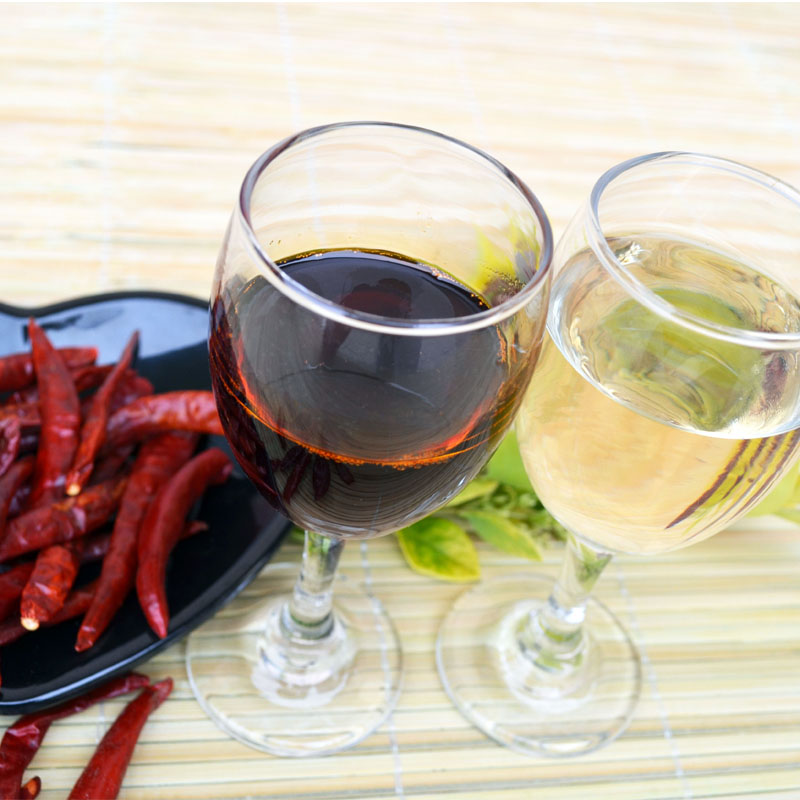- No. 268 Xianghe Street, Economic Development Zone of Xingtai city, Hebei 054001 China
- Byron@hbhongri.cn
paprika red pepper
The Vibrant World of Paprika A Deep Dive into Red Pepper
Paprika, a spice known for its vibrant red hue and rich flavor, is derived from grinding dried red peppers. This beloved seasoning is not just an essential kitchen ingredient; it carries a rich history, a plethora of health benefits, and a variety of culinary uses that warrant an exploration of its own.
Historical Background
The journey of paprika began in Central America, where indigenous peoples first cultivated red peppers. It was not until the 16th century that paprika made its way to Europe, brought back by Spanish explorers. The spice quickly gained popularity, particularly in Hungary and Spain, leading to the development of distinct varieties that vary in flavor and heat. In Hungary, paprika is so integral to their cuisine that it was declared a national spice, symbolizing the country’s rich agricultural heritage.
Varieties of Paprika
Paprika can be categorized into several types, each with its unique characteristics, ranging from sweet to hot
1. Sweet Paprika This is often the most common variety found in supermarkets. It has a mild flavor and is used to add color to dishes without overwhelming them with heat. It's particularly popular in Hungarian goulash and Spanish paella.
2. Smoked Paprika (Pimentón) Originating from Spain, this variety is made from peppers that are dried and smoked over an oak fire. Its distinct flavor adds an earthy depth to a myriad of dishes, including stews, grilled meats, and roasted vegetables.
3. Hot Paprika For those who enjoy a spicy kick, hot paprika packs more heat and is commonly used in regional cuisines where spice is an essential component. It enhances the flavor profiles of many dishes, from sauces to seasoning blends.
4. Rose Paprika This unique variety from Hungary is known for its subtle heat and rosy hue. It is used mainly for garnish and to add a mild flavor.
paprika red pepper

Culinary Uses
The culinary uses of paprika are virtually limitless. Aside from enhancing dishes like goulash and stews, paprika can elevate simple recipes to gourmet status. Here are some popular ways to incorporate paprika into your cooking
- Seasoning for Roasted Vegetables Sprinkling paprika over a medley of roasted vegetables can transform a plain dish into a vibrant feast. The spice enhances the natural sweetness of vegetables like bell peppers, potatoes, and carrots.
- Flavoring Meats Whether marinating chicken, beef, or pork, paprika adds depth and complexity to meat dishes. A simple rub of olive oil, garlic, and paprika can make all the difference.
- Deviled Eggs A dash of paprika as a garnish not only enhances the visual appeal of deviled eggs but also contributes a mild flavor that complements the richness of the yolks.
- Soups and Stews Paprika is a key ingredient in many soups and stews, providing a warm, comforting flavor. It can also serve as a finishing touch, added just before serving for an extra pop of color.
Health Benefits
Beyond its culinary uses, paprika also boasts an impressive array of health benefits. This spice is rich in antioxidants, particularly carotenoids, which are known to combat inflammation and reduce the risk of chronic diseases. Paprika is also a good source of vitamins A, E, and B6, as well as essential minerals like potassium and iron. These nutrients make it a valuable addition to a balanced diet.
Conclusion
In conclusion, paprika is more than just a seasoning; it is a spice with a rich history, diverse varieties, and numerous culinary applications. Whether you are a seasoned chef or a home cook, incorporating paprika into your meals can bring vibrant color and dynamic flavors to your dishes. Its nutritional benefits further reinforce its importance in not just enhancing taste, but contributing positively to health. So, next time you reach for that canister of paprika, remember the journey it has taken and the joy it adds to your culinary creations.
-
Turmeric Rhizome Powder: A Golden Treasure from Roots to TableNewsJul.28,2025
-
The Versatile Application Of Crushed Red Hot Peppers: Lighting Up The Red Flames On The Dining TableNewsJul.28,2025
-
The Paprika: A Touch Of Vibrant Red In Color, Flavor, And CultureNewsJul.28,2025
-
Ground Turmeric: A Modern Examination of an Ancient SpiceNewsJul.28,2025
-
Capsicum Liquid Extract: Features, Applications, and ChallengesNewsJul.28,2025
-
Application of Capsicum Liquid Extract in FoodNewsJul.28,2025







